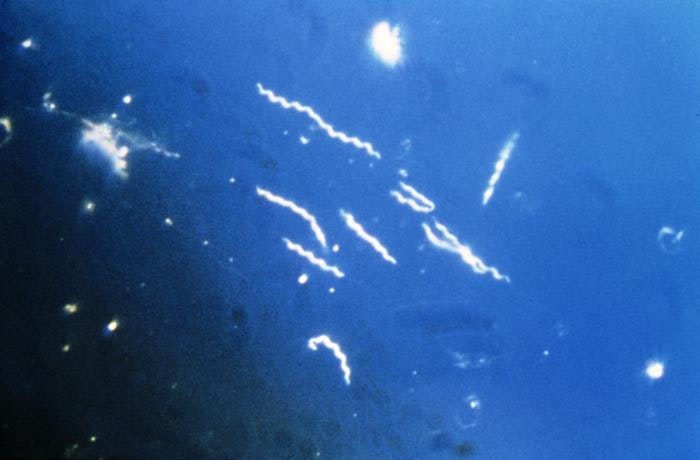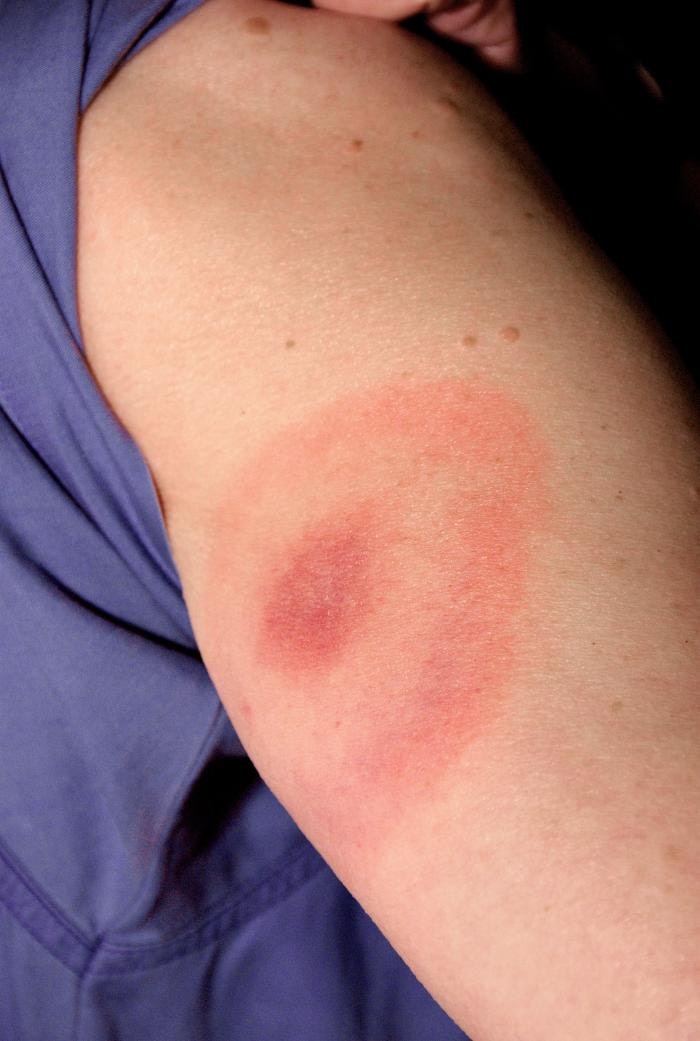Lyme Disease

Lyme disease is caused by an infection with the bacterium Borrelia burgdorferi. In California, the bacterium is transmitted by the bite of an infected western black-legged tick (Ixodes pacificus). Wild rodents and other small animals are the natural reservoir hosts of the disease. Although deer are not reservoirs of the disease, high deer populations contribute to elevated tick populations, thus potentially increasing the prevalence of the disease.
In the United States, Lyme disease is most prevalent in the northeastern states, but cases are commonly reported in many other areas, including California. Worldwide, reported cases of Lyme disease are concentrated in northern and central Europe. https://www.cdc.gov/lyme/signs_symptoms/index.html

Impact on human health:
- Lyme disease may produce a wide range of symptoms. If you believe that you have been exposed to the bacterium that causes Lyme disease, contact your health care provider.
- Some people infected with Lyme disease develop a circular rash called erythema migrans (or "bull's eye" rash) within 3-30 days of being bitten by an infected tick.
- If Lyme disease is left untreated, the infection may spread to other parts of the body, with many patients experiencing severe pain and swelling associated with arthritis.Untreated patients may also develop chronic neurological problems.
- Click here for more information regarding signs and symptoms of Lyme disease.
- Antibiotics are most effective when treatment is started early.
- A Lyme disease vaccine is currently not available for humans.
Impact on animals/wildlife:
- Dogs may become infected with the bacterium that causes Lyme disease and may exhibit a wide variety of symptoms. Pet owners should consult their veterinarian if they are concerned their dog has been exposed to the bacterium that causes Lyme disease.
- In California, cats are typically bitten less frequently than dogs by the western black-legged ticks.
- Infected western black-legged ticks commonly feed on western fence lizards, but the lizard blood kills the Borrelia bacterium.
Sources:
Furman, D.P. & Loomis, C. L. (1984). The Ticks of California (Acari: Ixodida). Berkeley and Los Angeles, CA: University of California Press.
Lane, R.S. (2008). Pest Notes: Lyme Disease in California. Davis: Univ. Calif. Agric. Nat. Res. Publ. 7485.
Mullen. G.R. & L.A. Durden. (2009). Medical and Veterinary Entomology, 2nd ed. Burlington, MA: Academic Press.
Padgett, K. A., & Lane, R. S. (2001). Life Cycle of Ixodes pacificus (Acari: Ixodidae): Timing of Developmental Processes Under Field and Laboratory Conditions. Journal of Medical Entomology, 38(5), 684-693.
Tick-Borne Diseases. (2016). Retrieved September 19, 2016, from http://www.cdph.ca.gov/HEALTHINFO/DISCOND/Pages/TickBorneDiseases.aspx
